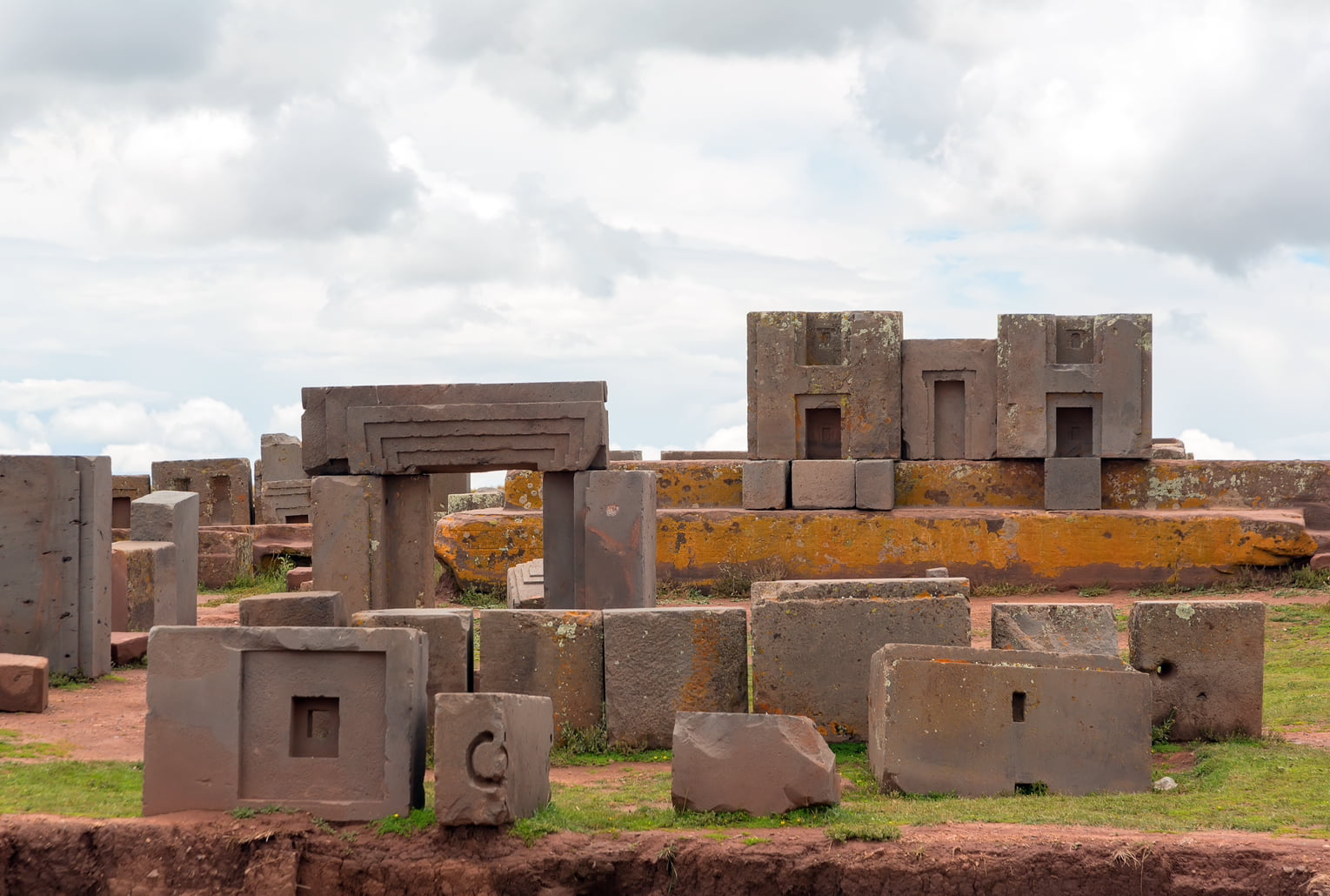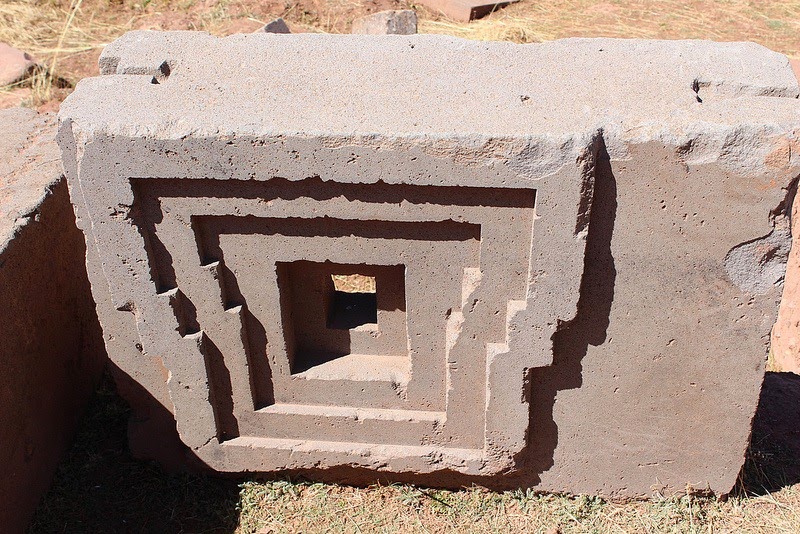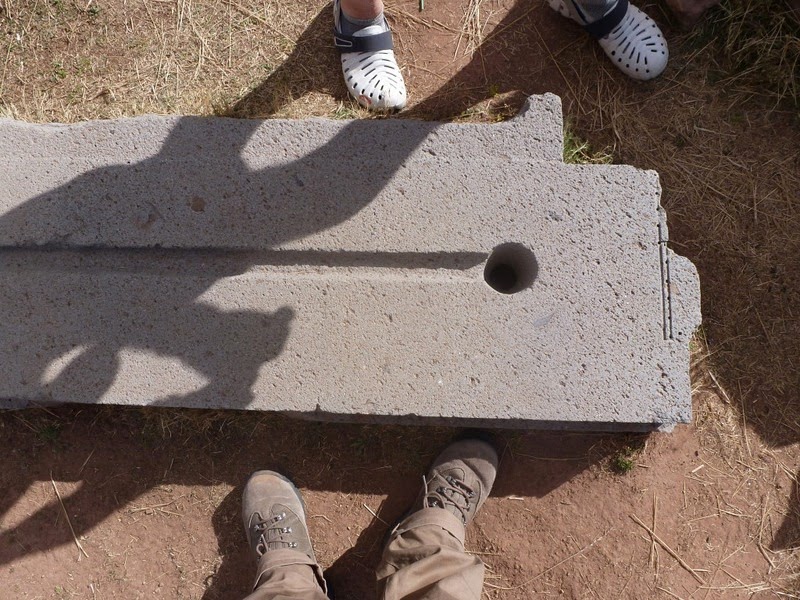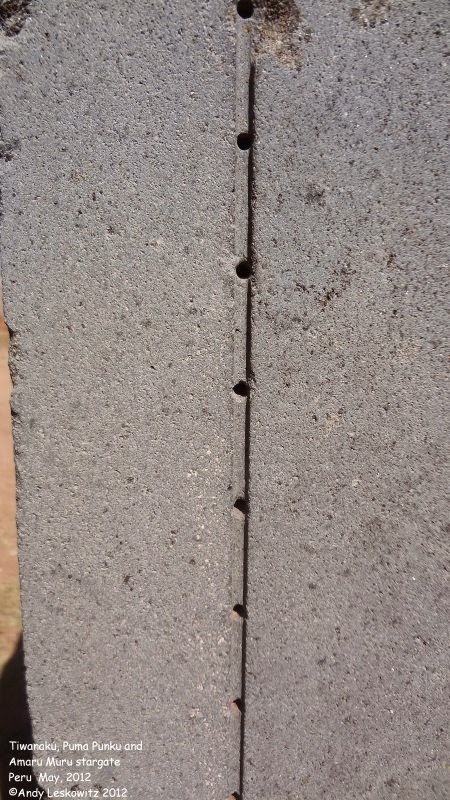The stones of Puma Punku bear testament to an ancient civilization’s extraordinary craftsmanship and technical prowess. Nestled near Tiwanaku in Bolivia, this archaeological marvel has long baffled historians and archaeologists alike. The precision with which the stones are cut and the seamless way they interlock, defies the technology of the era they reportedly belong to.

The Inca believed this ancient temple had been crafted by the gods who created the world. This article delves into the enigma of the Puma Punku stones, exploring their origin, craftsmanship, and the mysteries that surround their existence.
The mystery of origin
The Puma Punku temple complex is believed to have been built by the Tiwanaku empire, a civilization that flourished between 300 and 1000 AD. However, the exact origin of these remarkable structures remains shrouded in mystery. Carbon dating of organic material found on-site suggests that the complex may date back to the Tiwanaku epoch. Yet, the sophisticated engineering and precision evident in the stone structures suggest a level of technological advancement that seems inconsistent with the known capabilities of the Tiwanaku civilization.
The remarkable stonework
Puma Punku’s most intriguing aspect is undoubtedly its stonework. The temple was initially a terraced mound faced with megalithic blocks, each weighing several tens of tons. These blocks, made from red sandstone and andesite, were carved with such precision that they interlock perfectly, without the need for mortar.
The stones are cut so finely that not even a razor blade can fit between the joints. This level of precision, coupled with the ‘machine’ quality finish and perfect drilling of the holes, is a testament to the exceptional craftsmanship of the builders.

Engineering marvel
The assembly of the Puma Punku stones involves a level of engineering sophistication that is nothing short of fantastic. Each stone was finely cut to interlock with the surrounding stones, forming load-bearing joints without mortar. The uniformity of the blocks is such that they could be interchanged while maintaining a level surface and even joints.
This remarkable masonry hints at the possibility of prefabrication and mass production, technologies far advanced for their time.
The precision of the joints is indicative of a highly sophisticated knowledge of stone-cutting and a thorough understanding of descriptive geometry.
The mammoth proportions
The stones of Puma Punku are mammoth in size. The largest block is a staggering 25.6 feet long, 17 feet wide, and 3.5 feet thick, weighing an estimated 131 metric tons. The red sandstone blocks were transported from a quarry near Lake Titicaca, approximately 10 kilometers away, while the smaller andesite blocks used for stone facing and carvings were sourced from quarries within the Copacabana Peninsula, about 90 kilometers across Lake Titicaca.
The method of transportation employed to move these massive blocks to Puma Punku remains a topic of significant interest and speculation.

Theories and speculation
Based on the available evidence, some argue that the Puma Punku was not built by the Tiwanaku but by a more advanced civilization. Some posit that contamination might have skewed the carbon dating results, or that another civilization, perhaps seafarers, built the complex before disappearing. The remarkable precision and sophistication evident in the Puma Punku stones have even led some to speculate about the involvement of extraterrestrial beings.
State of ruin
Today, the Puma Punku complex lies in ruins, with massive blocks scattered haphazardly. It is believed that an earthquake, possibly accompanied by a tidal wave from Lake Titicaca, destroyed the site.

Conclusion
The Puma Punku stones remain one of history’s greatest enigmas. They are a testament to a level of craftsmanship and engineering sophistication that shouldn’t have existed in the era they reportedly belong to. As we continue to explore and marvel at these ancient stones, we may one day come closer to unravelling the mystery of their existence.



